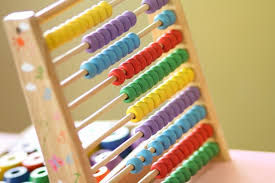Do these simple remainder questions trick you often?
- Manisha Shrivastava

- May 16, 2020
- 1 min read
Remainders problems are quite frequent on GMAT and can often be quite confusing to you!!
We all know that
The remainder is what remains when we divide two numbers.
Remainders can be expressed as a non-negative integer, fractions or as decimals
Let us consider an example:
when we divide 9/2, the remainder is 1.
Now, We can also express this as a mixed number
9/2 = 4(1/2) = 4+1/2, where the quotient is the whole number (4), while the remainder is the numerator of the fraction (1). The denominator of the fraction (2) is the divisor.
In general,
Dividend/Divisor = Quotient + ( Remainder/Divisor)
The other way to express this is as decimals.
For above example 9/2 = 4.5. We can take the decimal part of the quotient and multiply it by the divisor to get the remainder. If we multiply (.5) by the divisor 2, gives the remainder 1
Note: Given a number in decimal form, we can't determine the actual remainder. we can get only the possible set of remainders.
Let’s say n, j are both positive integers, and n/j = 3.8 = 3 + 0.8 =3 + 8/10 = 3 + 4/5
Thus, Possible set of remainders = {4,8,12,16 20….}
And divisor is multiple of 5= {5, 10, 15,20….}
Let’s solve this GMAT question based on the same concept:
If s and t are positive integers such that s/t = 64.12, which of the following could be the remainder when s is divided by t?
(A) 2
(B) 4
(C) 8
(D) 20
(E) 45
Dividend/Divisor = Quotient + (Remainder/Divisor)
s/t = 64.12=64+0.12=64 + 12/100 = 64+3/25
From this we can observe that remainder is multiple of 3, out of all the options only choice E is multiple of 3

Cheers!






Comments